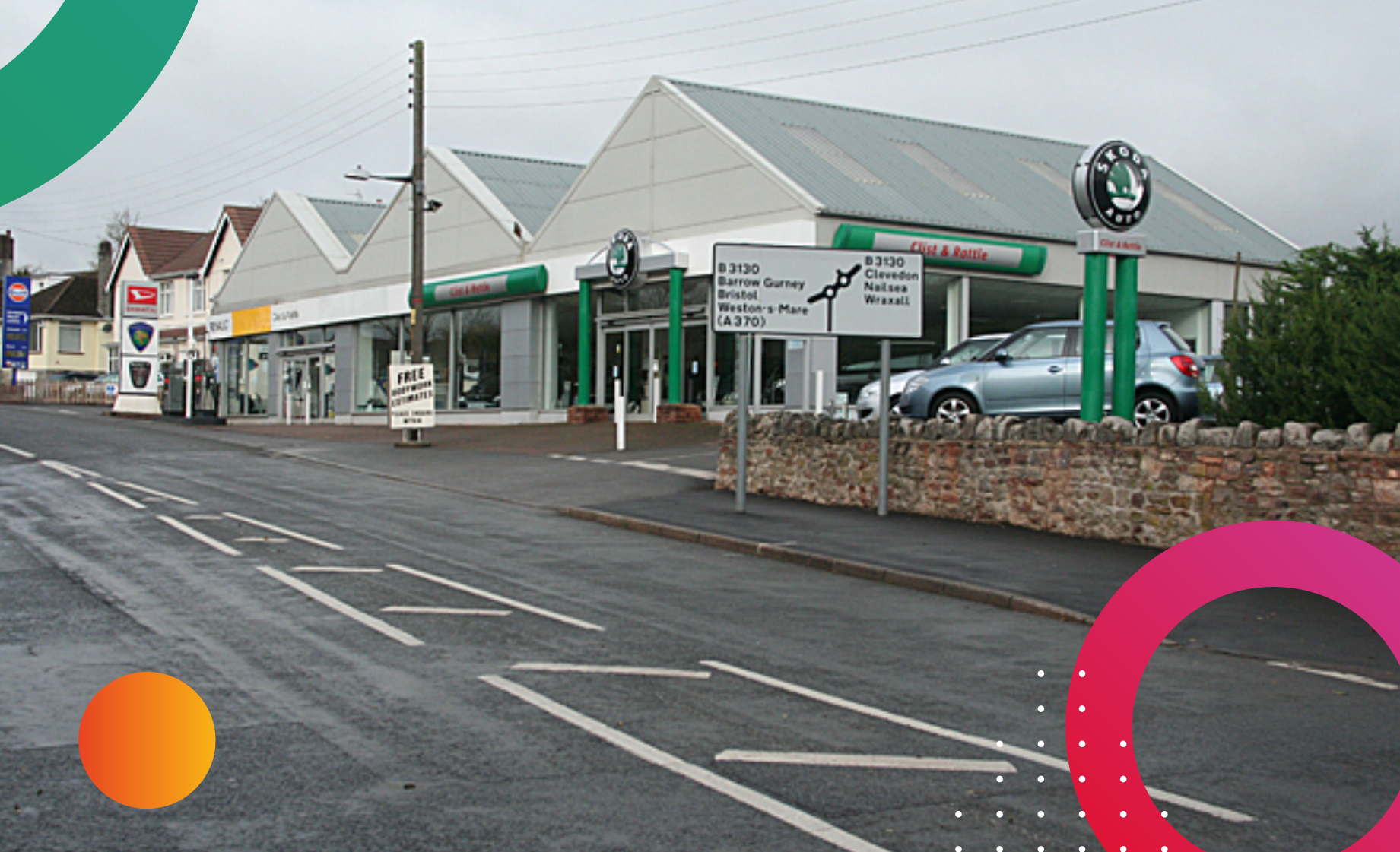Creating Stunning Websites in Long Ashton: The Art of Web Design

Creating a distinctive and impactful web design for businesses in Long Ashton begins with strategic choices that go beyond aesthetics.
From selecting a colour palette that resonates with your brand to ensuring easy navigation and mobile responsiveness, each design element plays a pivotal role in shaping user experience. In this guide, we’ll explore fundamental design principles-such as the importance of colour in brand perception, the use of white space to enhance readability, and how high-quality visuals elevate credibility. Join us as we delve into the art of crafting a user-friendly and visually engaging website that aligns with the unique character of Long Ashton businesses.
Choosing the Perfect Palette for Your Website
Selecting an appropriate colour palette is one of the most impactful decisions you can make in web design. Colours evoke emotions and can significantly influence how users perceive your brand. For instance, blue often conveys trust and professionalism, making it a popular choice for corporate websites, while vibrant colours like orange or yellow can evoke feelings of excitement and energy.
When choosing your colour palette, consider your target audience and the message you want to communicate. A well-thought-out colour scheme not only enhances your brand identity but also guides users through your site by creating visual hierarchies. In addition to emotional impact, consistency in colour usage is vital for brand recognition.
Your chosen colours should be reflected across all aspects of your website, from backgrounds to buttons and text. This consistency helps reinforce your brand’s identity and makes it easier for users to navigate your site. Tools like Adobe Colour or Coolors can assist you in creating harmonious colour combinations that align with your brand’s personality.
Remember that less can often be more; a limited colour palette can create a clean and sophisticated look that enhances user experience rather than overwhelming visitors with too many choices.
Utilising White Space Effectively
White space, often referred to as negative space, is an essential component of effective web design that is frequently overlooked. It refers to the empty areas between elements on a page, such as text blocks, images, and buttons. Proper use of white space can significantly enhance readability and comprehension by allowing users to focus on key content without distractions.
By strategically placing white space around important elements, you create a sense of order and clarity that guides users through your site seamlessly. This not only improves user experience but also encourages visitors to engage more deeply with your content. Furthermore, white space can also contribute to the overall aesthetic appeal of your website.
A cluttered design can overwhelm users and lead to frustration, while a well-balanced layout with ample white space feels inviting and professional. It allows for breathing room between elements, making it easier for users to digest information at their own pace. As you design your website, consider how white space can enhance both functionality and visual appeal.
By embracing this often-underestimated design principle, you can create a more enjoyable browsing experience that keeps users coming back for more.
Incorporating High-Quality Images and Graphics

The visual elements of your website play a pivotal role in capturing attention and conveying your brand message effectively. High-quality images and graphics not only enhance the overall aesthetic but also help communicate your story in a compelling way. Whether it’s product photos for an e-commerce site or engaging visuals for a blog post, investing in professional imagery can set your website apart from competitors.
Poor-quality images can detract from your credibility and make your site appear unprofessional, so it’s essential to choose visuals that reflect the quality of your brand. In addition to quality, relevance is key when selecting images for your website. Each visual should serve a purpose and align with the content it accompanies.
For instance, if you’re showcasing a new product line, ensure that the images highlight its features and benefits clearly. Infographics can also be an effective way to present complex information in an easily digestible format. By thoughtfully incorporating high-quality images and graphics throughout your site, you create a visually engaging experience that resonates with visitors and encourages them to explore further.
Implementing User-Friendly Navigation
User-friendly navigation is a cornerstone of effective web design that directly impacts how visitors interact with your site. A well-structured navigation system allows users to find what they’re looking for quickly and efficiently, reducing frustration and enhancing their overall experience. Consider implementing clear labels for menu items and organising content logically so that users can intuitively understand where to go next.
Dropdown menus can be useful for categorizing related content without overwhelming visitors with too many options at once. Moreover, mobile navigation should not be overlooked in today’s digital landscape where many users access websites via smartphones or tablets. Responsive design ensures that navigation remains user-friendly across all devices by adapting to different screen sizes.
Incorporating features like sticky menus or hamburger icons can streamline navigation on mobile devices while maintaining accessibility on larger screens. By prioritising user-friendly navigation in your web design process, you empower visitors to explore your site effortlessly, ultimately leading to higher engagement and conversion rates.
Optimising for Mobile Responsiveness

In an age where mobile browsing has become the norm, optimising your website for mobile responsiveness is no longer optional; it’s essential. A responsive design ensures that your site adapts seamlessly to various screen sizes and devices, providing an optimal viewing experience for all users. This means that whether someone is accessing your site from a desktop computer or a smartphone, they should be able to navigate easily without encountering issues like distorted images or misplaced text.
Google also prioritises mobile-friendly sites in its search rankings, making this optimisation crucial for visibility. To achieve mobile responsiveness, consider using flexible grid layouts and scalable images that adjust according to the screen size. Testing your website on multiple devices is also vital to identify any potential issues before launch.
Tools like Google’s Mobile-Friendly Test can help assess how well your site performs on mobile devices. By ensuring that your website is fully responsive, you not only enhance user experience but also improve your chances of attracting organic traffic from search engines.
Testing and Refining the Website for Perfection
Once you’ve designed your website, the journey doesn’t end there; testing and refining are critical steps in achieving perfection. Conducting thorough testing allows you to identify any bugs or usability issues before launching your site to the public. This includes checking links, forms, and interactive elements to ensure they function correctly across different browsers and devices.
User testing can also provide valuable insights into how real visitors interact with your site, highlighting areas for improvement that you may not have considered. Refining your website based on feedback is an ongoing process that should continue even after launch. Regularly reviewing analytics data can help you understand user behaviour and identify trends that inform future updates or changes.
Whether it’s adjusting content based on user engagement or enhancing navigation based on feedback, staying proactive in refining your website ensures it remains relevant and effective over time. By committing to continuous improvement, you position yourself as a responsive brand that values user experience, ultimately fostering loyalty among visitors who appreciate a well-crafted online presence.
If you’re interested in exploring more about web design in various locations, you might find the article on web design in Portsmouth particularly enlightening. It provides insights into the local industry trends and how businesses in Portsmouth are leveraging web design to enhance their online presence. For more detailed information, you can read the full article here. This could offer valuable perspectives that might be applicable even to web design projects in Long Ashton.


Author: Martin Sanders
I empower businesses to connect with their customers and boost sales. Ready to take your revenue to new heights? Get in touch with me today, and let’s make it happen!


